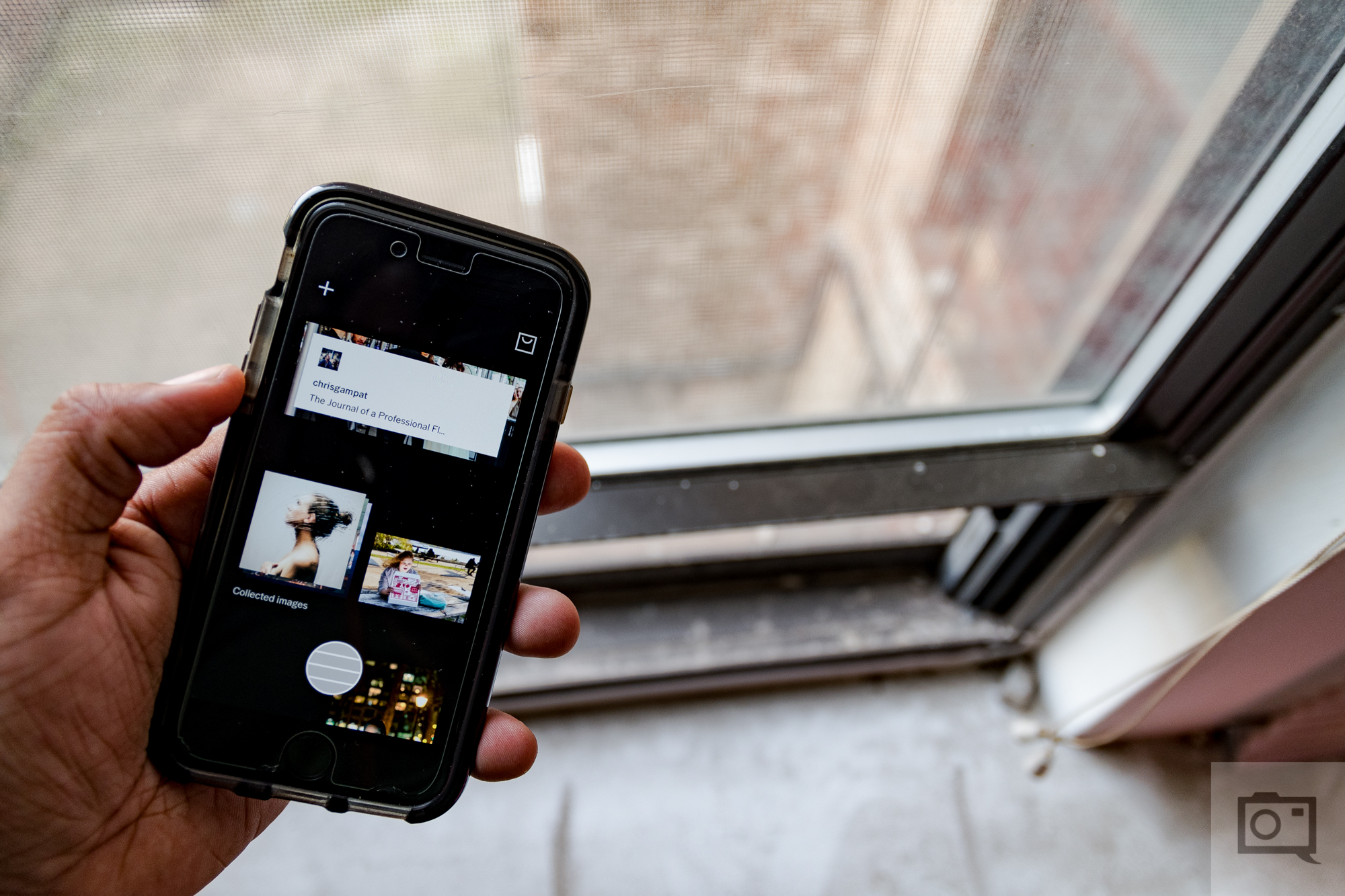Last Updated on 09/13/2017 by Anthony Thurston
September 12 was a highly anticipated day for two things: first, Apple announced its next generation of iPhones; and second, the Mobile World Congress Americas debut a three-day conference. In light of these two events, it has become even more fitting to take a closer look at the seemingly blurring line between photography and smartphone technology. With professional photographers and photography enthusiasts owning a smartphone that doubles as their everyday camera, what does photography in the age of iPhone tell us?
In the age of connectivity such as ours, everyone is now photographer. We could say this began ten years ago, with the launch of the iPhone and its game-changing provisions for mobile phone photography. DxO, a pioneer in digital image technologies, recently conducted a mobile photography survey to look into this trend today, with focus on photographic trends in France, Germany, and the United States. The results they shared with us are interesting.
First, the survey was able to group modern-day photographers into three main categories:
- dual users, who represent 6 out of 10 respondents, use both a camera and a smartphone; the former to take artistic photos and document their travels, and the latter to share their day-to-day experiences;
- mostly millennial smartphone-ographers who represent 3 out of 10 respondents, and take photos solely on their smartphones; and
- classic photographers aged 55 – 75, most of which primarily use cameras for the higher image quality and out of habit.
So, the figures have it; there’s no mistaking the prevalence of the smartphone as a secondary or even main photographic device. Not surprisingly, it’s the choice of smartphone-ographers for ease of use (67%), convenience (85%), and connectivity (32%). However, dual users, certainly still get the best of both worlds provided by a camera and a smartphone.
Now, we get to the next interesting finding. Regardless of the category they belong to, today’s photographers want their smartphones to have zoom improvement (35%) and better optics (27%). Some even want to have several lenses (22%) to be made available for their phones. Still, the survey reveals that 7 out of 10 homes have an actual camera for taking those high-quality images that smartphones cannot.
Will we see these sought after improvements to smartphone cameras in today’s events? We wait for developments and announcements with bated breath.
Do check out the infographic by DxO to see the complete findings of their survey.


